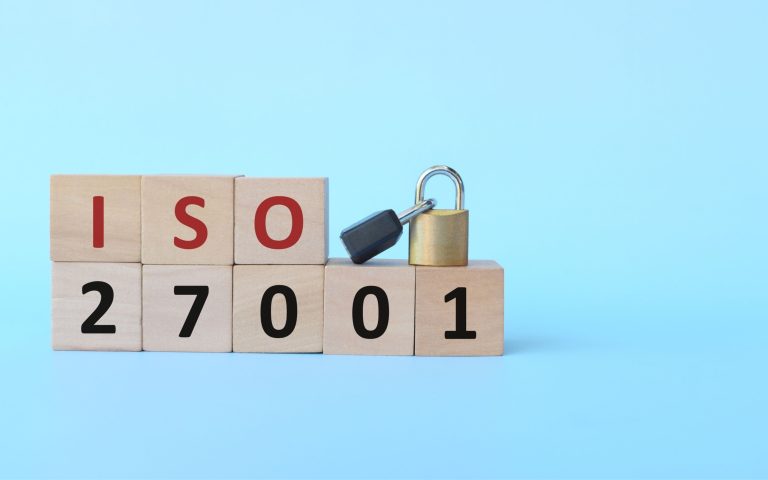Every day, millions of laborers and workers worldwide keep themselves engaged in their work obligations. They work on wind turbines, dams, kilns, foundries, high-rise buildings, and steel mills with hot flaming temperatures while exposed to many occupational hazards. If their employers do not consider these workplace hazards, they can increase the possibility of their workers getting injured. At times, these occupational hazards can even cost these workers their lives.
Here, it is pertinent to mention that whenever we talk about occupational hazards, usually the most dangerous locations (such as those mentioned above) come into our minds. But unfortunately, these occupational hazards are not limited to these types of workplaces only. Workspaces, such as offices that are generally considered safe, also present a lot of hazards to employees and workers working there.
Companies usually hire occupational safety professionals and officers to manage the hazards. These officers ensure that workplaces and employers in their jurisdictions abide by local laws and regulations related to occupational safety. Regulators can also impose penalties on employers who violate these laws and regulations. The occupational health and safety professionals have different layers and roles based on their knowledge, experience and competence. Some companies use officers based on low risk level while some companies have a big department managing occupational health and safety risks. The roles are in the layers of Director Health & Safety to several senior managers then managers then finally officers and finally worker level people supporting the health and safety operations.
What your Role as an Occupational Safety Officer is
As an occupational safety professional, your role is vital for any workplace willing to operate efficiently while following the local occupational safety laws. In this regard, there are two necessary considerations that you must keep in mind:
- You must be aware of all the prevalent occupational hazards and risks that are commonly found in the workplaces of your country, and
- You must be aware of the applicable laws and regulations regarding the occupational safety of workers in your jurisdiction.
Becoming a Better Occupational Safety Professional
Being part of a professional community means focusing on career growth and development. A way to ensure this growth is by staying aware of all the recent developments in your profession. You can do this by equipping yourself with all the latest and updated knowledge related to your professional line.
Due to this very reason, industrial and occupational safety experts at Exoexcellence Consultants collaborated with Alison to help occupational safety officers with their professional development.
On our profile on Alison, we offer different occupational health and safety courses. Here, we are presenting a complete list of these courses. By enrolling in these courses, you will become a better occupational safety expert by getting fundamental and essential insights into occupational safety.
Fire Safety – Essential Concepts, Prevention & Control
This concise course on fire safety planning, management, and control is designed for people for whom fire safety management is an important part of their profession. This course includes various important aspects of fire safety, such as the classification and method of using fire extinguishers and smoke alarms. You will also find discussions on two important international fire risk management standards in this course, i.e., BS 9997 and OSHA Act.
Accident Prevention and Investigation in Occupational Systems
This introductory course offers a general overview of accident prevention and investigation procedures in various occupational settings. By taking this course, you will equip yourself with the knowledge of the methods used to prevent accidents and injuries in the workplace. You will also learn about the levels of risk control laid out by the pyramid of the ‘hierarchy of controls’ followed by techniques to reduce workplace accidents.
Risk Assessment & Control – Health & Safety
This short course is designed to teach you the importance of conducting a risk assessment as part of organizational health and safety management. It discusses various aspects of risk assessment, such as its essential steps, the reasons for conducting it, and its goals. The course also contains sufficient learning material on hazard identification and ranking these risks.
Proactive Monitoring of Safety Performance
Conducting proactive monitoring in the workplace is very important to prevent hazards from occurring in the workplace. Through this brief course, you will learn about various types of proactive monitoring, its methods, and the objectives of accident investigation. Moreover, the course briefly compares proactive and reactive monitoring in the working environment. The course will also teach you to analyze the records of proactive monitoring efforts using checklists.
Workplace Hazards – People, Electricity, Work Equipment & Vehicles
This course is designed for workplace organizers, managers, and supervisors to help them deal with common hazards in any working environment. Throughout this course, you will learn different ways to identify and manage four common workplace hazards.
Workplace Hazards: Noise, Chemicals, Stress & Violence
Noise, chemicals, stress, and violence are among the most prevalent workplace hazards worldwide. But we know very little regarding their identification and management. With this short course, we aim to provide you with all the essential insights regarding identifying and managing these four workplace hazards.
Health & Safety Compliance for Legal Issues
This short course will help you understand legal nuances related to occupational health and safety. You will also learn to appreciate the legal language used in international health and safety regulations. Moreover, you will also be able to implement the requirements of these regulations across different industries.
Common Workplace Hazards for Lone Working
This course is designed to help you identify and manage workplace hazards posed by digital screen equipment, manual handling, and lone working. Also, you will discover the proposed legal requirements set by the Health and Safety Executive of the U.K. for managing these hazards.
Conclusion
Although the primary audience of our occupational health and safety courses is the occupational health and safety managers and officers, we have designed them such that they can benefit employers and employees alike. All the information presented in our courses is displayed in an easy-to-understand manner. Various images, infographics, and statistics have been shared throughout these courses, through which you can keep your interest levels consistent while completing these courses.








